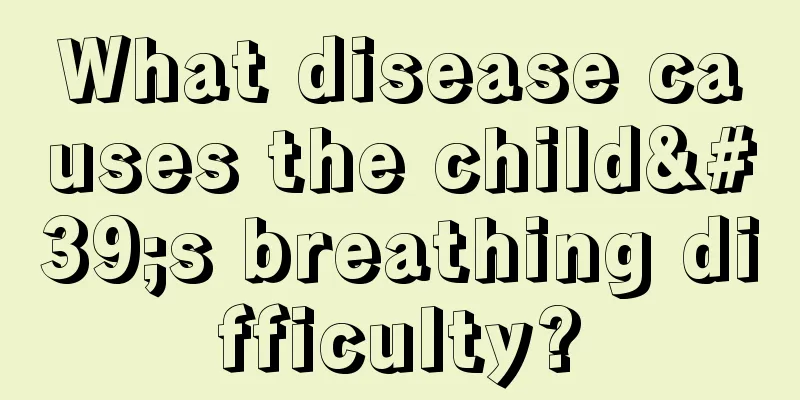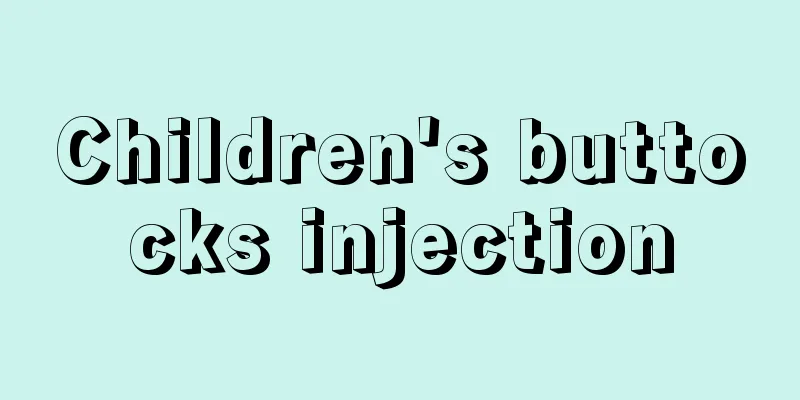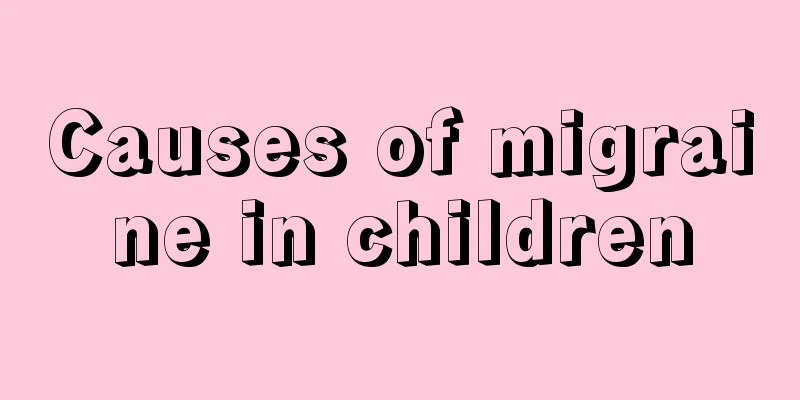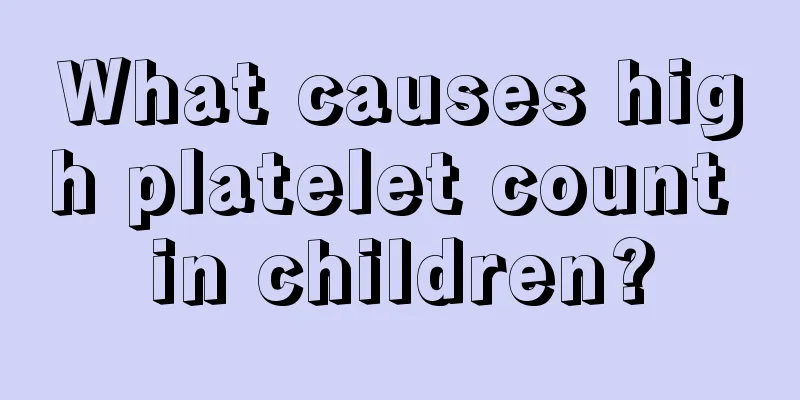Hip dysplasia in infants
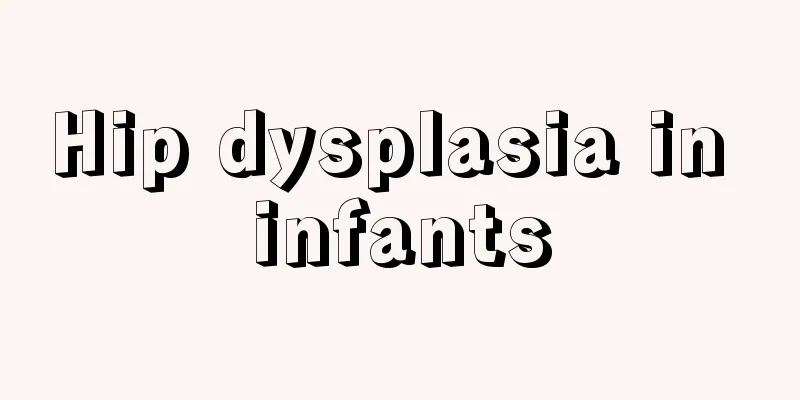
|
Infant hip dysplasia is a congenital disease. It is a disease with a low incidence rate but has a particularly great impact on the baby's health. If a baby has hip dysplasia and does not receive timely treatment and care, it may even affect the child's normal ability to move in the future. Below, we will introduce the treatment methods for hip dysplasia in infants of different age groups. 1. Newborns and infants under 6 months old Diagnosis is best made in the neonatal period, and treatment is prompt if detected. The most commonly used treatment is the Pavlik harness, which has a 95% recovery rate for hips with a positive Ortolani sign. The Pavlik onesie harness is suitable for infants with DDH under 6 months old. The failure rate of the Pavlik onesie harness is greater than 50% for infants over 6 months old. During the first 3 weeks of treatment, the Pavlik harness should be worn and checked weekly, and ultrasound examinations should be performed. If the hip joint is reduced and stable, the follow-up time should be extended until the ultrasound examination is normal. If the Pavlik harness is not reduced after 3 weeks of treatment, the treatment has failed and other treatments should be used. Complications of Pavlik harness treatment include: downward dislocation of the hip, femoral nerve and brachial plexus paralysis, and avascular necrosis of the femoral head. 2. Children aged 6 to 18 months For children in this age group, subluxation or dislocation of the hip should be treated with closed or open reduction as the first choice, and bracing can be used for those with acetabular dysplasia. Closed reduction must be performed under basic anesthesia. If intraoperative arthrography shows that the reduction is satisfactory and stable, human position plaster fixation will be given. The hip joint is required to be flexed between 100 and 110°, and the abduction cannot exceed 60°. Excessive abduction of plaster and brace fixation can easily cause ischemic necrosis of the femoral head. If the closed reduction is unsatisfactory or unstable, open reduction of the hip joint is required. Generally, simple open reduction of the hip joint plus human position plaster fixation is performed. After plaster fixation, fluoroscopy is performed in the operating room to understand the reduction of the hip joint. Before discharge, the hip joint should be reviewed in AP radiograph and, if necessary, CT or MRI examination should be performed to understand the reduction status. Ultrasound examination can be used for some follow-up examinations after discharge to reduce the number of X-ray examinations. Usually the plaster is fixed for about 3 months and then replaced with a brace for about 3 months. The potential for acetabulum development after closed or open reduction is great and can continue for 4 to 8 years after reduction. Most children with DDH do not need a second acetabular or femoral surgery. 3. Children aged 18 months to 8 years The acetabulum development potential of DDH children over 18 months old is very poor. Most of them need to undergo pelvic osteotomy at the same time as hip open reduction. DDH children under 4 years old can choose Salter, Pemberton, Dega and other pelvic osteotomies. For children with high dislocation, high joint pressure after reduction, large anteversion angle and neck-shaft angle, shortening, derotation and varus osteotomy of the proximal femur are required at the same time. For children older than 4 years old, triple pelvic osteotomy can be performed at the same time as the above surgery for complex situations such as re-dislocation after surgery. The doctor needs to decide the specific surgical method based on factors such as pathological changes in the hip joint and the age of the child. 4. Children over 8 years old For children aged 8 or above, if the dislocation is bilateral, no treatment is given. Pemberton, Dega, or triple pelvic osteotomy can be performed on one side before the Y-shaped cartilage is closed. If the Y-shaped cartilage is closed, Ganz pelvic osteotomy can be performed. Chiari pelvic osteotomy as a palliative surgery can also achieve good therapeutic effects for some children. |
<<: 8 month old baby urticaria
Recommend
How to tell if your baby is bloating
Because babies do not have the ability to express...
How many months can babies see?
When a baby is born, his eyes are normal, but his...
What are the benefits of physical exercise for young children?
We are trained to do physical exercise starting f...
What are the benefits of children learning to paint?
Making their babies better is the common dream of...
What to do if your child has difficulty breathing
Children are not like us adults and do not know h...
Can I take a bath if I have a low fever?
When a child suddenly feels unwell, the parents&#...
Symptoms of a fever
Fever is not only caused by some colds, it may be...
How to rub the belly of a child with indigestion
Many children will cause indigestion because they...
Treatment for a baby with one big eye and one small eye
When a baby has one big eye and one small eye, ou...
Does color Doppler ultrasound have any effect on children?
Color Doppler ultrasound is a clearer way of exam...
What should I do if my child has a tongue ulcer?
Tongue tip ulcers are a common disease in childre...
What are the symptoms of interstitial pneumonia in children?
There are many classifications of pneumonia, incl...
What to do if your child's head circumference is too large
We all know that a baby's large head circumfe...
What medicine should my baby take for allergies? Recommended by authoritative experts
If your baby has an allergy, you should find the ...
Redness around the injection site
Giving babies vaccinations is an extremely import...

